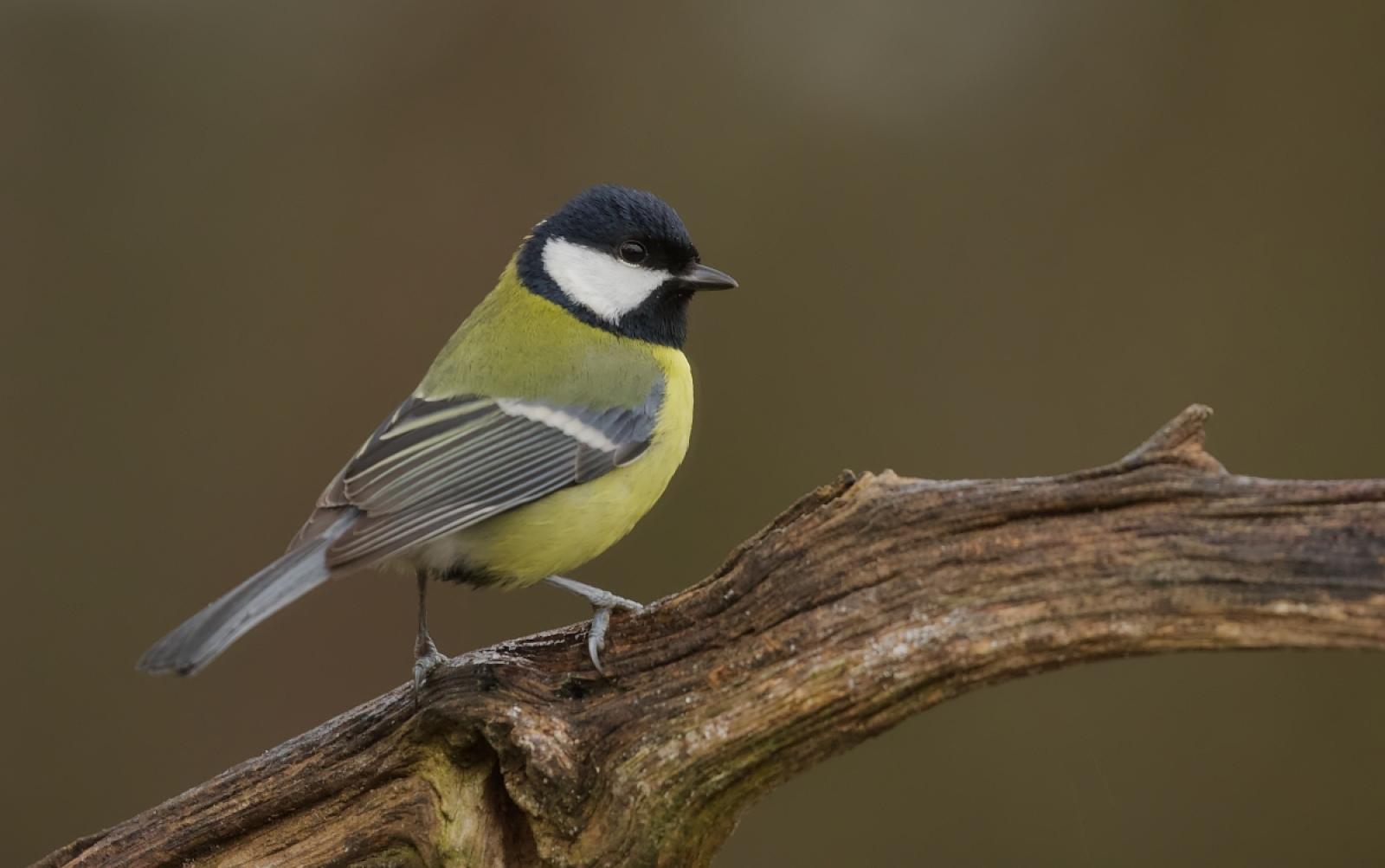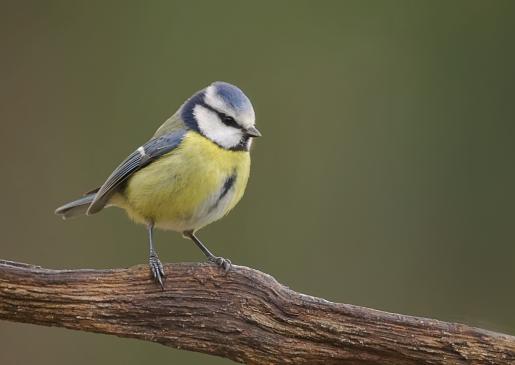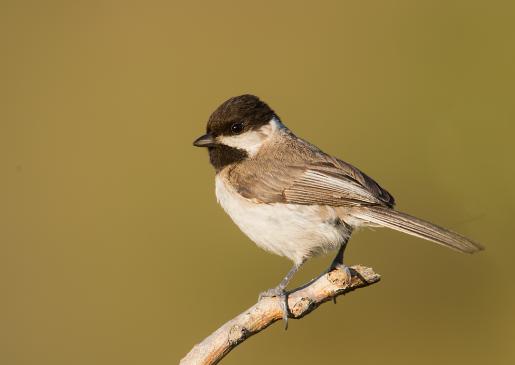Identification
Small bird with yellow underparts and blue-green back. Characteristic is its black head contrasting with the white cheeks. The yellow breast is streaked, lengthwise, with a thin (in females), or more pronounced (in males) black line. In adult males the black of the head is metallic in colour and the yellow of the abdomen is more shiny. Juveniles are duller in all their colours. Beak and legs blue-black.
Distribution - Habitat
Spreads throughout Europe and Central and South Asia, as far as Japan and part of Indonesia, and is also found in a narrow belt off the coast of NW Africa.
It lives in woods and trees, showing a preference for deciduous trees, but will be found in any area with dense or scattered trees and less so with tall shrubs (parks, gardens, crops, etc.).
Interesting Information
- It feeds on small invertebrates (mainly insects and arachnids) and their larvae (caterpillars) up to 1 cm in size but also seeds and fruits.
- It is a very agile bird and with its strong legs it can hang upside down as it hammers a fruit to feed.
- It nests in cavities (cavities). It lays 8-14 eggs which the female lays for 10-12 days. The nestlings remain in the nest for 18-25 days and later when they leave the nest they remain as a family group for 2-3 more weeks.



